As a customer service manager, I am called upon to train others on the subject. In my search for continuous learning, I happen to run across an article by Pivot Point Solutions, based on President Obama’s Executive Order to improve customer service. What a lot of people don’t know is that, although the Executive Order is important, the government is so big that implementing that order can take years. Think of it more as a somewhat grandiose statement made by the CEO that the company is going through a transformation of some kind as a response to the economy. Same thing–different words.
Although the anonymous author of the article was taking a few potshots at the political system and saw this customer service plan as something business has been trying to implement for years, I saw it as an opportunity to look at what others think is impossible and look hard at those choices. It also might surprise the author to learn that many agencies involved have already implemented such reforms before the order came out. In fact, when the order came out, I looked to see where I could annotate that we were already doing this and make note of things we needed to explore further.
The bottom line for the article is that meaningful change cannot be made by Executive Order unless there is sweeping reform. I believe it can–just not across the board or all at once. The article’s biggest argument is that we can’t make this change “department-wide.” I think the author means Administration-wide.
It doesn’t hurt to take a leap in the other direction and say, it can work–that we are crossing organizational lines by having an Administration directive, which may not be enough in the business world. There will be other areas we cannot change as easily as in the business world either, but it should not stop us from trying to change. Admittedly government is not really a business, but in many ways it should operate like one. Business simply wants to:
- Reduce Costs
- Improve Revenues
- Improve Satisfaction and Retention
Improving revenues does not fit our mold exactly; however, reducing costs and improving satisfaction and retention is right up there. That is an improvement of revenue of sorts. Perhaps the business model fits better than we think.
Find those areas that will work, perhaps there is an ideal customer service plan that incorporates the President’s Executive Order.
The author of the article says, “Improving customer service in the federal government will require sweeping changes across the government…”
Across any large organization, change is difficult, and “sweeping changes” even harder to make happen, but we can focus on our own organization (one agency), and achieve the same goals. Remember, other agencies can follow, but let’s focus on us first and establish a best practice. Although changes are often stated across the entire spectrum, smaller organization can take on the ideas and implement them if they stay focused on the outcome, or the intended benefit we plan to deliver.
The article refers to getting rid of redundancies here, which I take to mean those processes that are repeated at various levels, adding time and frustration to our customer expectations.
- Simplification is always the first task; simplify the process. Put it in as few hands as possible. Oversimplification may be the result, but you can always add to it later.
- Train people to think the same way about customer service. There are reasons certain protocols are followed, and why people not involved with customer problems directly are not involved at resolving them except at a distance. Trained people do not give the misleading answer; they do not give the wrong impression; they do not blame others; they do not pass the buck.
- In business, you would offer meaningful incentive; however, we have built-in incentives. Some in the government actually want change–especially those in customer service. There are always those who dislike or fear any kind of change; but they exist in any organization. Change occurs with every election–with every new Administration. Unlike some circumstances where change is normally feared, in the government environment it is expected, and changes made with leadership support will only result in rewarded efforts for positive customer service results, to include morale boosts and career incentives.
In customer service, consistency is a necessary component. Spread across local, state and federal levels we are confusing the issue. Already many of our customers do not know the system, we have changed the system in their eyes; we have given them a place to complain.
We can be empathetic, but beyond that, it is really not our jobs. We can listen and provide customers comfort since most states have automated systems and it is difficult to get through.
If they get through to us, they have, in fact, jumped to the head of the line to nowhere. We know the emotional issues and maybe that is the focus of another article, but for now, I want to point out that implied structure puts us in a position of authority over the states in an area we don’t belong—the customer’s perception is that they have succeeded in going over the head of the state. However, it is the state that implements the program and makes decisions based on state laws. Granted, some state laws and regulations are the result of federal laws that have been passed and initiatives that have been issued to make the Nation’s program run smoothly.
It still makes sense to customers and simplifies things to have a central authority for complaints, but that isn’t the way the system works. Even if the levels of training or staff grades vary, the basic training and process could be the same.
Ultimately states have the final say on the answer to any situation that comes from a complaint because the federal government cannot be involved in individual cases. A complaint might involve another federal agency to which we will gladly refer a client, but the final decision rests with the state or local office that took action against or on behalf of the client/customer. By the way, the clients really belong to the state. To the feds those clients are inquirers only—customers, if you like.
Sometimes it isn’t a lack of training but the perception of need for a particular service like customer service that causes it to be neglected. The lack of training only exacerbates the problem.
Customer service is one of those areas that affects the company or government agency more than anyone can see. With so many workers staying in their safe little areas, customer service is easy to neglect. With technology it’s easy to forget until you need it again. When people tire of dealing with machines–and we complain about that every time we call the phone or cable company–just not when it affects our own bottom line.
Of all places where training can help the most, the emphasis on customer service is highly placed because it affects the company’s image, reputation and more. It depends on extremely fluent communication. Language. Words. Tone. Attitude. Empathy. Initiative. Creativity. Difficult topics to train at best, and we think customer service is easy. Try training someone with a bad attitude to represent the company the way you want them to.
—
For more resources about training, see the Training library.
Enough of my challenge with words today. As always, you are entitled to share your opinion at anytime. More of my words on this and other topics can be found on my website. For a look at the human side of training from my Cave Man perspective, please check out my book, The Cave Man Guide to Training and Development. Happy training.


I read your post . it was amazing.Your thought process is wonderful.The way you tell about things is awesome. They are inspiring and helpful.Thanks for sharing your information and stories.
iso 9000
Wow! Thanks. A writer always likes to know someone is paying attention.